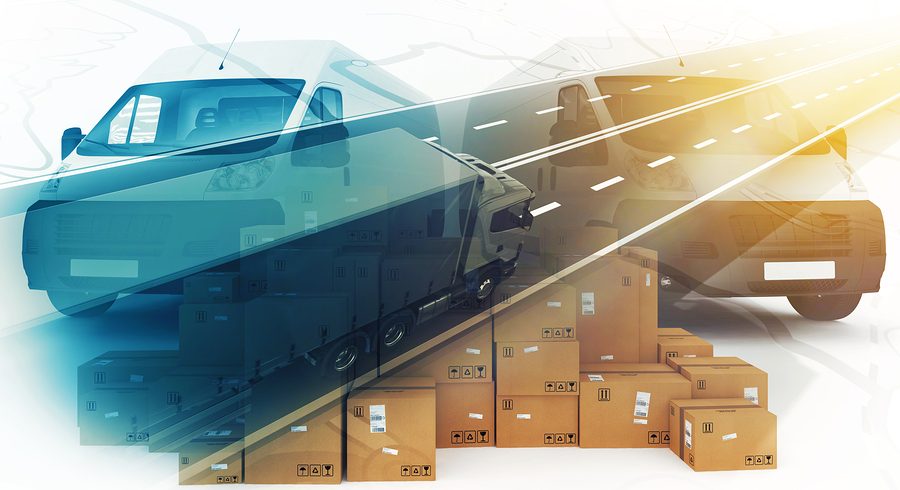The Electronic Logging Device Mandate Is in Effect — What’s the Verdict?

Amid much ado, the Federal Motor Carrier Safety Administration (FMCSA) electronic logging device (ELD) mandate went into effect for most carriers Dec. 18, 2017. The FMCSA offered an extension, however, and those still using legacy electronic onboard recorders must comply by Dec. 16, 2019. This regulation requires carriers to replace paper logs with ELDs and entails installing new equipment as well as educating drivers on device use. The FMCSA cites safety as the key mandate goal: “compliance with the ELD mandate has the potential to prevent approximately 1,500 crashes, 475 injuries, and 22 deaths each year,” according to an Inbound Logistics article.
Good or bad?
Although already in place, logistics insiders are meeting the ELD mandate with a mix of frustration, confusion, and even optimism. Many owner-operators are challenging implementation and training costs as well as shipping delays and freight-rate hikes. Those criticizing the mandate cite other concerns ranging from privacy loss and decreased productivity to technical issues and difficulty retaining drivers in an already dire driver shortage situation. Many also feel that despite the FMCSA’s safety goal, the mandate forces drivers to operate at times they would otherwise be resting, or speed for the sake of making up regulated time — both of which jeopardize safety.

In addition to the belief the ELD mandate increases safety, supporters offer other reasons for backing the regulatory effort. Transportation forecasters, including dispatchers, utilize ELD data for planning improvements. Other factors include less hours-of-service (HOS) paperwork, fewer HOS violations, human logging error elimination, as well as quicker check-ins and inspections.
Now that the mandate is in effect, is there a final verdict?
Ripple effects
 The fact is it’s too early to tell. While many are experiencing short-term drawbacks such as upfront implementation costs and freight-rate hikes, analysts expect these to decrease with time. The toll these regulations have on drivers, however, remains uncertain. For instance, meeting delivery times is already a challenge, and the mandate is only increasing driver pressures. Some are hoping autonomous trucking will offer a solution, utilizing automation when possible so regulated driver downtime eventually becomes a nonissue as well. However, advances such as these could take years before becoming mainstream.
The fact is it’s too early to tell. While many are experiencing short-term drawbacks such as upfront implementation costs and freight-rate hikes, analysts expect these to decrease with time. The toll these regulations have on drivers, however, remains uncertain. For instance, meeting delivery times is already a challenge, and the mandate is only increasing driver pressures. Some are hoping autonomous trucking will offer a solution, utilizing automation when possible so regulated driver downtime eventually becomes a nonissue as well. However, advances such as these could take years before becoming mainstream.
Despite these drawbacks, industry insiders expect ELDs will eventually offer greater efficiencies. In addition, they predict drivers will benefit from shorter loading and unloading times, resulting from ELD data applied to overall shipping processes. Hope remains that the ELD mandate will increase safety, improve transportation efficiencies, as well as benefit drivers, operations, and the industry as a whole.
[cta]For new ideas on how to navigate logistics challenges and implement productivity improvements that go directly to your bottom line, learn more about nVision Global at nvisionglobal.com or call 770.474.4122.[/cta]

